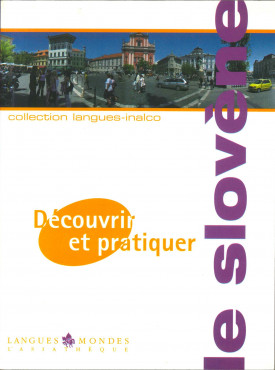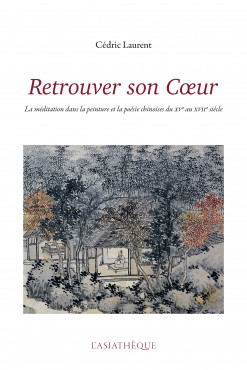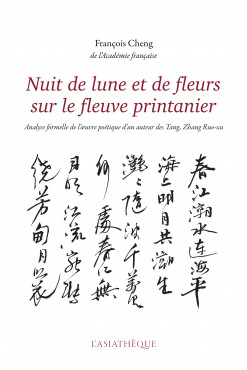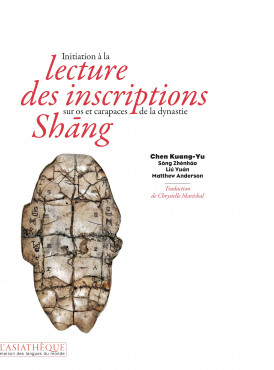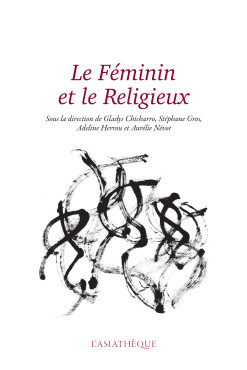Antonia Bernard et al.
Contains 5 units (dialogs, texts, exercices and games), a grammatical guide, and a Slovenian-French and French- Slovenian index. Also comes with a CD-ROM with vocal recordings and videos.
Emna Belhaj Yahia
Kenza Sefrioui
Morocco through her words by Kenza Sefrioui
Cédric Laurent
Retrouver son Coeur is certainly a scholarly text, the fruit of research into the history of these painters and their writings, but it is also, and I would say above all, an invitation to travel. Those who contemplate a painting undertake what is known as a “recumbent journey” or an “immobile journey”, like the Taoist who practices “traveling like a cloud”, “walking in the void” or “walking on the network of stars”. In the journey through Retrouver son Coeur, the paintings and poems leave an imprint on the reader, that of the beauty and calm experienced by their authors: resonance between two beings, between two cultures, beyond time and space. (Extract from the preface by Catherine Despeux)
François Cheng
Facsimile reprint of François Cheng's dissertation, written at the École pratique des hautes études. From its original title "Formal analysis of the poetic work of a Tang author: Zhang Ruo-xu", the text restores, through its study of the poems of the 7th century, the freshness of the impetus known at the dawn of semiotic research initiated in France. The calligraphies of Hsiung Pingming have been preserved in this new edition.
Kuang-Yu Chen et al.
Collection of the earliest form of Chinese writing discovered in 1899: 120 bone and shell inscriptions (in Chinese jiăgŭwén) dating from the late Shang Dynasty (ca. 1300-1046 BC). Each piece is presented in the form of a stamp, a facsimile, a typed text with the jiăgŭwén script font, Chinese and French transcriptions, commentaries, and practice boards.
Gladys Chicharro et al.
The title references the expression used by Brigitte Baptandier to the red thread that has run through her ethnological research on China and her questions about the Taoist liturgical and shamanic traditions, this thread led these eight authors to explore what the feminine and the religious together can tell us about the China of yesterday and with a comparative perspective, of European and Indian traditions.
Anonymous
An invigorating anthology on Chinese civilisation inspired by a leading sinologist.
Mira Kamdar
To be savoured in small doses or to be devoured all at once, '80 words from India' provides pertinent and original answers to readers curious to discover the India of the past and present.
Olivier de Bernon et al.
These contributions from the conference entitled 'Images of Cambodia: myth, history and memory,' held in Paris in 2015, question the impact of memory processes on the constitution of a cultural identity, by emphasizing that the history of Cambodia cannot be reduced to the splendor of Angkor on the one hand and the horror of the Khmer Rouge years on the other.
